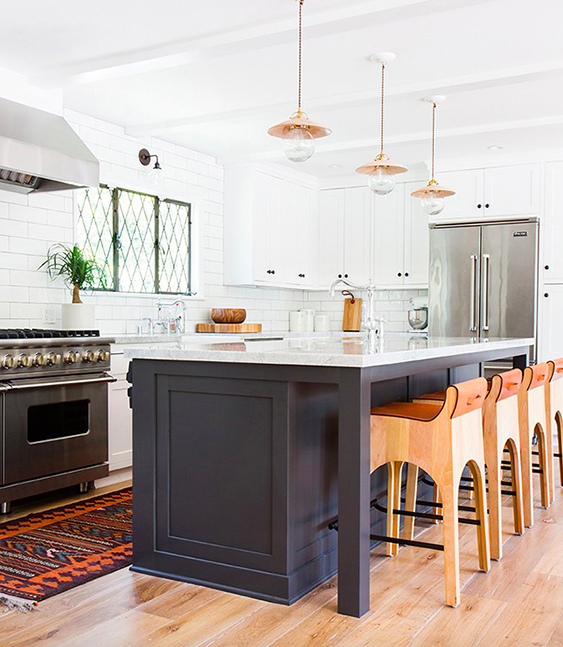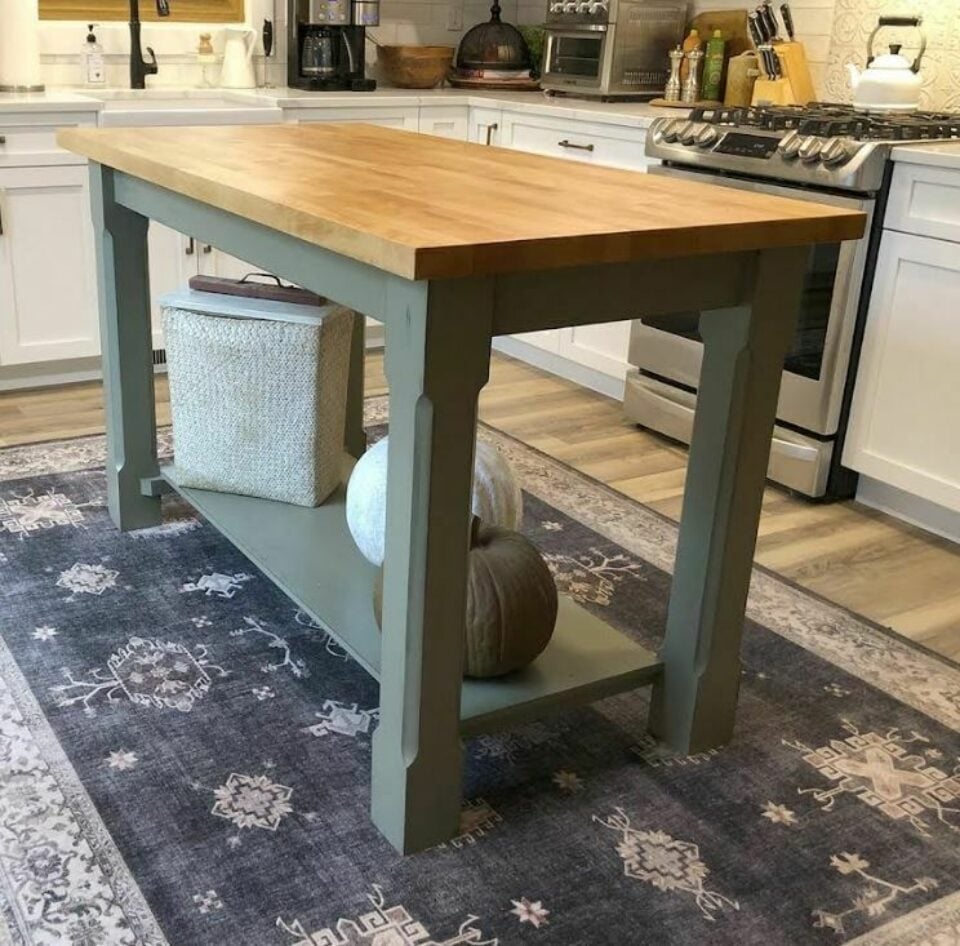Choosing the Suitable Kitchen Island Leg for Durability and Performance
Choosing the Suitable Kitchen Island Leg for Durability and Performance
Blog Article
Top Factors To Consider When Picking a Kitchen Island Leg for Modern Kitchen Area Insides
In the world of contemporary kitchen insides, the option of a kitchen area island leg is essential, influencing both aesthetics and capability. As these components intertwine, they elevate even more questions about how to achieve the perfect balance in between style and practicality, leaving one to contemplate the effects of each decision on the overall kitchen experience.
Product Choices
When it comes to picking a kitchen island leg, product options play an important function in both aesthetic appeals and capability. kitchen island leg. The most typical products consist of timber, metal, and composite alternatives, each offering distinctive benefits and prospective downsides
Wood is favored for its heat and classic allure, giving a timeless look that matches various cooking area designs. It is extremely versatile, permitting personalization in terms of shades and surfaces. Nonetheless, wood might call for more maintenance to avoid bending or damage from wetness.
Steel, on the various other hand, brings a modern and industrial style to kitchen islands. Stainless steel and functioned iron are preferred choices, known for their resilience and resistance to wear. They can withstand the roughness of daily usage but might lack the warmth related to wood.
Composite materials, such as crafted timber or artificial blends, provide an equilibrium in between cost, sturdiness, and appearances. These choices are typically made to simulate the look of natural materials while providing resistance to scrapes and spills.
Eventually, the choice of material need to straighten with the total kitchen area design and planned use, making certain that the kitchen area island leg is both functional and aesthetically enticing.
Design And Style
The style and layout of a kitchen area island leg substantially add to the total visual of the area, matching the picked material. When picking the leg layout, think about the building design of the cooking area. Sleek, minimalist legs made of stainless steel or acrylic harmonize with modern styles, while ornate, turned wood legs boost traditional or farmhouse looks.
Furthermore, the finish of the leg can affect the aesthetic effect; a polished chrome or matte black finish might stimulate modern-day style, while distressed timber talks to rustic appeal. The leg's shape likewise plays an essential function-- right, angular forms communicate an even more industrial feel, whereas tapered or rounded legs present a softer, a lot more inviting look.
Including decorative elements, such as carvings or embellishments, can add individuality and character to the kitchen area island, more improving its duty as a prime focus. Eventually, the chosen leg style should not only line up with the overall kitchen layout yet also mirror the property owner's personal preference, making sure that the kitchen island comes to be a unified and functional centerpiece within the modern-day kitchen area interior.
Elevation and Proportions
Accomplishing the best elevation and percentages for a kitchen area island leg is crucial for both performance and looks. Kitchen area islands usually vary in height from 28 to 36 inches, depending on their planned use-- whether as a food preparation surface area, dining location, or workspace. Standard counter top elevation is around 36 inches, making it necessary that the legs you select complement this elevation to offer a seamless, integrated look.
Proportions additionally play an essential function in top article the aesthetic equilibrium of the cooking area. The dimension and weight of the leg must agree with the general design of the island - kitchen island leg. A slender leg may be proper for a minimalistic or modern island, while a more considerable leg may be required for rustic or traditional layouts. In addition, take into consideration the spacing between the legs; ample distance makes sure convenience and ease of activity around the island.
When selecting the elevation and percentages of the kitchen island leg, bear in mind the total design theme of your cooking area. This attention to information not only improves the capability of the space however likewise adds to a natural and aesthetically enticing indoor style.
Security and Assistance
Regularly making sure security and assistance in cooking important site area island legs is vital for both safety and security and functionality. A sound kitchen island should withstand daily usage, including weight from devices, cooking, and social events. Therefore, the selection of legs need to focus on robust products and layouts that can give ample support.
When examining stability, consider the leg's product-- light weight aluminum, hardwood, or steel often offer premium strength contrasted to lighter alternatives. Furthermore, the design ought to feature a broad base to distribute weight uniformly and reduce the threat of tottering or tipping. Legs made with an A-frame or cross-bracing can considerably boost security.

Including these considerations will not only enhance the general safety and security of the kitchen area however likewise enhance the longevity and performance of the kitchen area island, making it an important focal point in contemporary cooking area interiors.
Ending Up Touches
When it pertains to finishing a cooking area island, thoughtful ending up touches can dramatically boost both its visual charm and capability. Picking the appropriate leg style is essential, but complementing it with proper information can transform the whole area. Think about including ornamental components such as toe kicks or walls that match the cabinetry or flooring to produce a smooth look.

A natural color scheme and material choice will certainly boost the cooking area island, making it a captivating focal factor. By paying attention to these ending up touches, home owners can develop a kitchen area island that is both stunning and functional, providing to their way of living and layout preferences.
Conclusion

In the world of contemporary kitchen insides, the option of a kitchen area island leg is pivotal, influencing both aesthetics and capability.The design and layout of a kitchen island leg considerably contribute to the general visual of the space, enhancing the picked material.Achieving the ideal height and percentages for a kitchen island leg is important for both capability and aesthetics.Constantly making certain stability and support in cooking area island legs is vital for both safety and capability.In summary, choosing a cooking area island leg for contemporary interiors calls for careful consideration of material choices, layout style, elevation, proportions, and stability.
Report this page